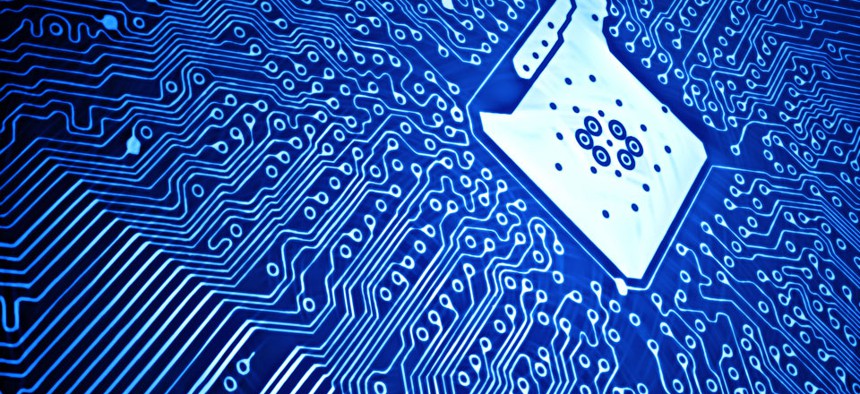Intelligence Community Eyes Superconductor Computers

photobank.kiev.ua/Shutterstock.com
Its goal is to cut unmanageable power demands and boost performance.
This story has been updated.
Intelligence agency computing requirements have increased to such an extent that power and cooling demands have become unmanageable, and the intelligence community research arm wants to develop superconducting computers to cut energy requirements and boost performance.
The Intelligence Advanced Research Projects Agency launched a project yesterday to replace computers based on decades old complementary metal-oxide-semiconductor integrated circuit technology with cryogenic computers based on superconducting circuits. Those draw less power, require less cooling and offer improved memory capacity.
The National Security Agency’s new data center in Utah exemplifies the energy requirements intelligence agencies face as they expand computer operations. That 200-acre data center requires 65 megawatts of power -- enough for 54,000 households -- to operate what the agency called “high performance computers” rather than supercomputers.
Harvey Davis, the NSA official in charge of the agency’s infrastructure development, said the computers in the Utah data center require “different cooling and different power distributions as opposed to something you bought from Best Buy.”
Future supercomputers, which can perform a billion billion operations per second (one exaflop) will require even more power, IARPA estimated -- anywhere between 20 megawatts and 100 megawatts.
To counter these increasing energy requirements, IARPA said it wants to demonstrate a small-scale computer based on superconducting logic and cryogenic memory that is energy-efficient, scalable, and able to solve interesting problem, the first stage of an ongoing project.
IARPA said the long term goal of its Cryogenic Computing Complexity Program is to “establish superconducting computing as a long-term solution to the power-space-cooling problem and as a successor to end-of-roadmap complementary metal-oxide-semiconductor (CMOS) for high performance computing.”
The agency said published studies indicate that superconducting computers may be capable of high performance with energy requirements measured in kilowatts rather than megawatts. It estimated a 1 petaflop supercondcucting computer, which can perform a quadrilllion operations per second, would require only about 25 kW of energy, and 100 petaflop machines would draw only about 200 kW. The fastest supercomputer in the world, China’s Tianhe- 2, operates at 33.86 petaflops and requires 17.6 mW of power.
Researchers selected for the project will need to focus on two key areas:
- Cryogenic memory: Create new approaches to enable high performance computing systems with significantly improved memory capacity and energy efficiency compared to the state-of-the-art. Develop and demonstrate complete small-scale memories.
- Logic, communications and systems: Develop, fabricate, and test key superconducting logic circuits required to demonstrate the potential of superconducting logic for high performance computing. Develop a plan to integrate the components into a working computer.
IARPA said it will required researchers to use Josephson junctions, superconducting switching devices that dissipate little energy per switch and communicate information via small current pulses that propagate over superconducting wires, practically without loss.
The agency said researchers selected for the project can use a foundry operated by MIT Lincoln Laboratory, a federally funded research center, for manufacturing niobium Josephson junctions.
IARPA plans to make multiple, 39-month awards starting in December for the development phase of the superconductor computer project, followed by a 24-month production phase.
(Image via photobank.kiev.ua/Shutterstock.com)






